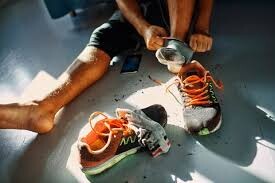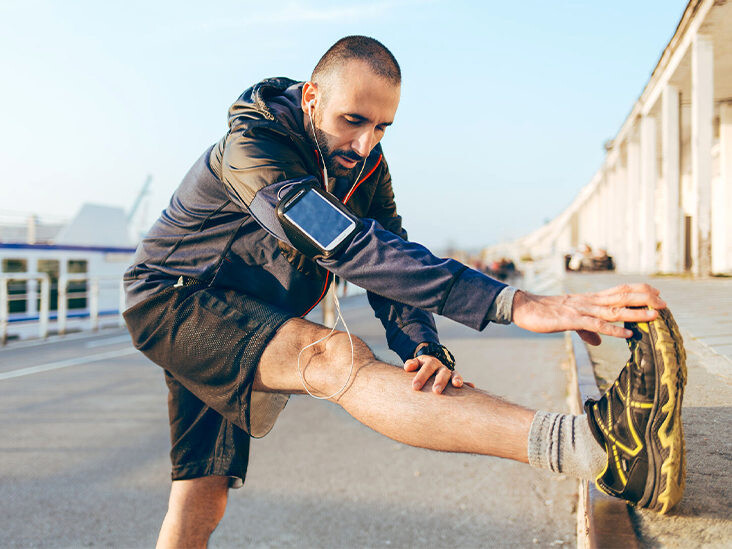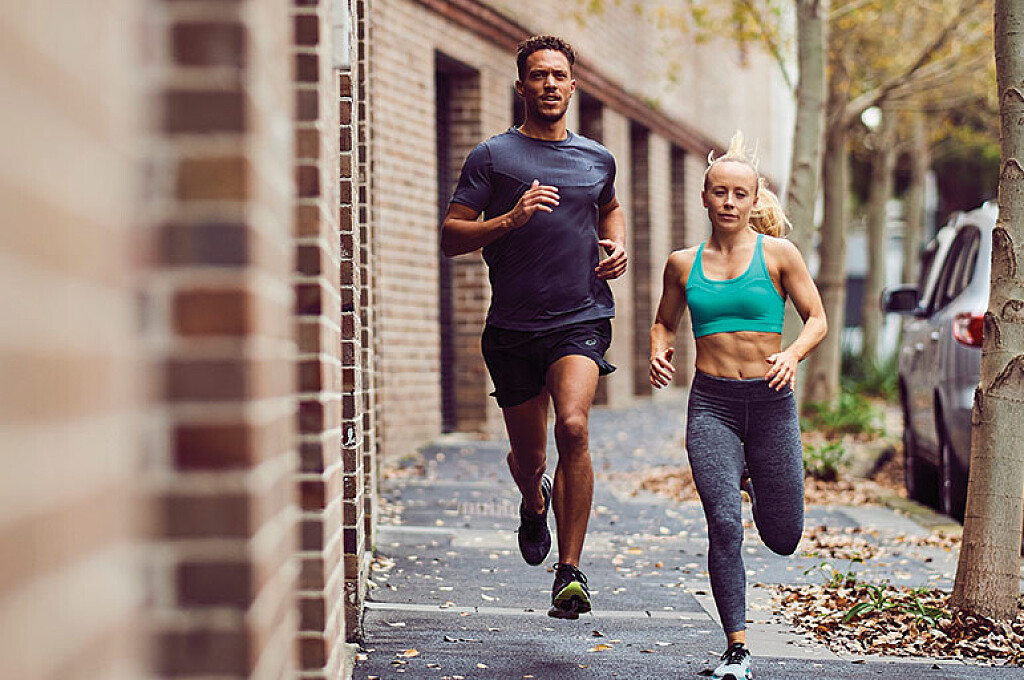Running News Daily
Running News Daily is edited by Bob Anderson. Send your news items to bob@mybestruns.com Advertising opportunities available. Train the Kenyan Way at KATA Kenya and Portugal owned and operated by Bob Anderson. Be sure to catch our movie A Long Run the movie KATA Running Camps and KATA Potato Farms - 31 now open in Kenya! https://kata.ke/
Index to Daily Posts · Sign Up For Updates · Run The World Feed
How to keep your feet healthy when preparing for a big run
Running can do wonders for your health, but it can wreak havoc on your feet — especially if you start training for a half or full marathon. Common foot issues associated with distance running include:
Blisters, Corns and calluses, Athlete’s foot, Lost toenails and Plantar fasciitis
Fortunately, you don’t have to let your long runs take a toll on your feet. John Jurcisin, DPM, brings more than 31 years of experience to Precision Footcare in Midtown East, New York City. As an avid distance runner, Dr. Jurcisin knows firsthand how proper foot care can keep your feet healthy and comfortable while you train.

Pick the right shoes
Believe it or not, you need to pay as much attention to your running shoes as your non-running shoes. Make sure the shoes you wear for training fit correctly, and get measured each time you replace them, because your feet can continue expanding over time. When picking everyday footwear, pick options with rubber soles that provide plenty of cushioning, and avoid shoes with heels higher than one inch.

Take proper care of your shoes
On average, running shoes should last 350-500 miles. However, you may need new shoes sooner, depending on your gate, height, and weight. To extend the life of your shoes, store them indoors away from the heat. And, if any insoles or orthotics get wet, take them out and let them dry. Dr. Jurcisin also recommends having more than one pair of shoes, so you can rotate between them and have dry shoes at the ready.
Wear the right socks
Poorly fitting shoes aren’t the only cause of blisters and corns. Heading out in the wrong socks can also impact the fit of your shoes and lead to problems. Try experimenting with different brands, thicknesses, and fabrics to keep your feet dry and comfortable in every season. And don't lock yourself into one kind of socks. The kind that works in winter may not be a good option when summer rolls around.
Apply moisturizer to your feet
If you’re prone to blisters or painful cracking, it could be time to turn to moisturizer. Dr. Jurcisin recommends applying foot cream every day immediately after a shower or bath. This approach can help your feet retain the water they absorb during the shower and help your feet grow soft and smooth.
Keep your feet as dry as possible
It may not be easy to keep your feet dry when each of your feet has approximately 125,000 sweat glands capable of producing 4 ounces of moisture a day. And, when you add training through rain, sleet, and snow, you can have an even bigger problem. To help keep moisture at bay, wear lightweight and breathable socks along with waterproof training shoes when possible. And, never head out for a long run wearing wet or damp shoes or socks.
Cool down your feet
If you have feet that overheat or swell when the miles add up, try applying ice or submerging your feet in cold water immediately after your run. For noticeable swelling, try elevating your legs and applying ice packs for up to 20 minutes to pamper those tootsies.
Strength-train your feet
A strong body is a healthy body, and that goes for your feet, too. Dr. Jurcisin recommends going barefoot when you can and adding a few simple foot exercises to your schedule 2-3 times a week, such as:
Toe raises: Lift up on your toes 20 times
Heel drops: Stand on a step, then drop and raise your heels 20 times
Towel pulls: Use a towel to pull your toes toward you for 30 seconds
Toe grabs: Try grasping a marble or pencil with your toes
You can also use the big toe of each of your feet to pretend that you’re tracing all of the letters of the alphabet.
Don’t ignore a problem
Most importantly, don’t ignore a foot problem, even if it’s only a blister or tender spot. While these issues may not seem serious, they can develop into more painful and debilitating conditions without treatment.
by Precision Footcare
Login to leave a comment




